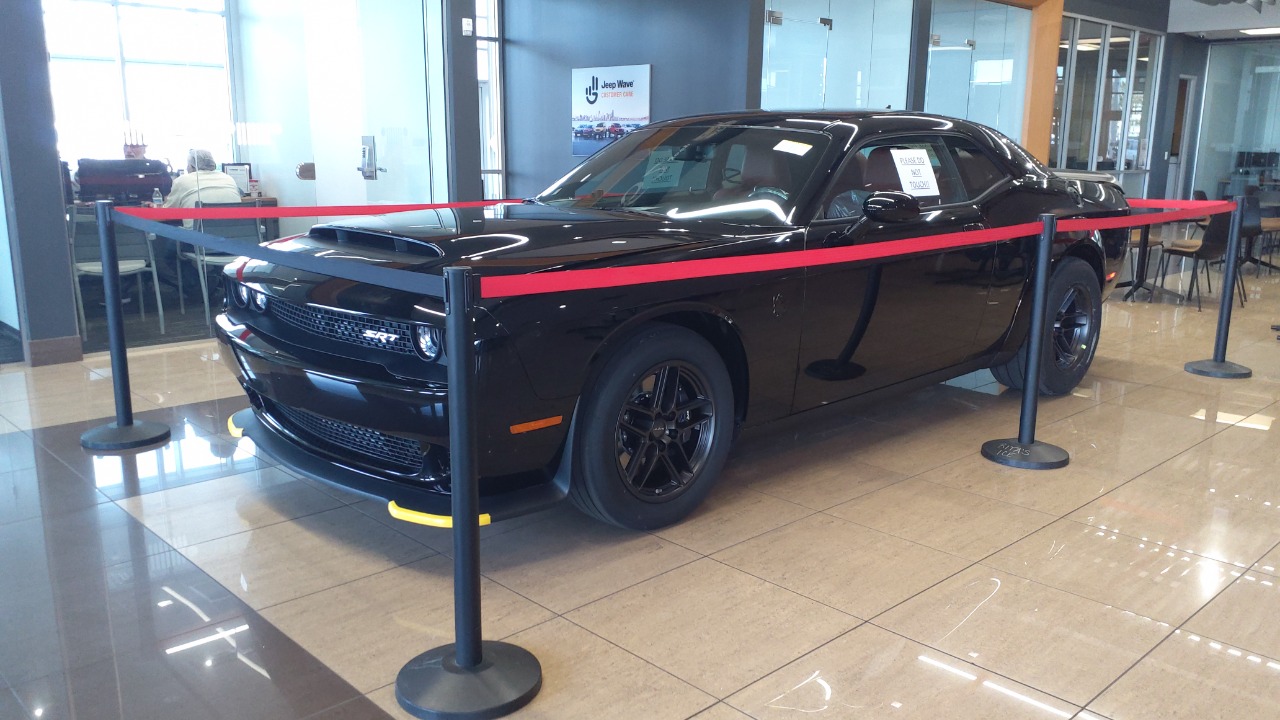
The Dodge Challenger SRT Demon 170, a pinnacle of V8 performance, was hailed as the last high-output model in the lineup before production ended. This closure aligned with broader industry shifts, where the Ford Mustang emerges as potentially the sole remaining V8-powered muscle car amid electrification pressures. Dodge’s decision reflects the Challenger’s role as America’s enduring symbol of raw, rear-wheel-drive muscle, now facing extinction in a transforming automotive landscape.
The End of an Iconic Production Run
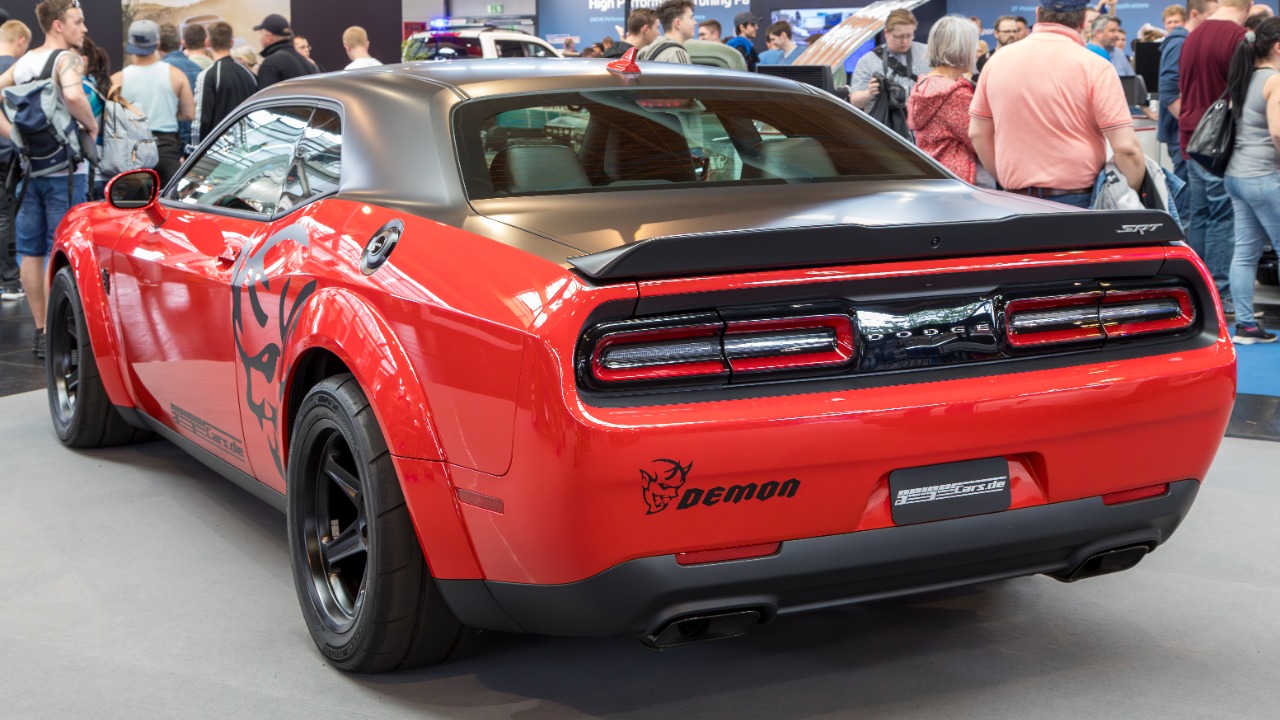
The announcement and timeline for ceasing Challenger production was met with a mix of nostalgia and anticipation. The SRT Demon 170 serves as the swan song of this iconic lineup, with its specialized engineering for drag-strip dominance marking the end of an era [source]. The Challenger’s V8 heritage is set to be replaced by Dodge’s strategic pivot away from internal combustion engines, a move that reflects the brand’s response to regulatory and market demands [source].
The final models of the Challenger encapsulate the muscle car ethos with key performance specs unique to this era. These include impressive quarter-mile times and torque outputs that will be remembered as hallmarks of a V8-dominated past [source].
Challenger vs. Charger: Shared Fate in the Muscle Segment
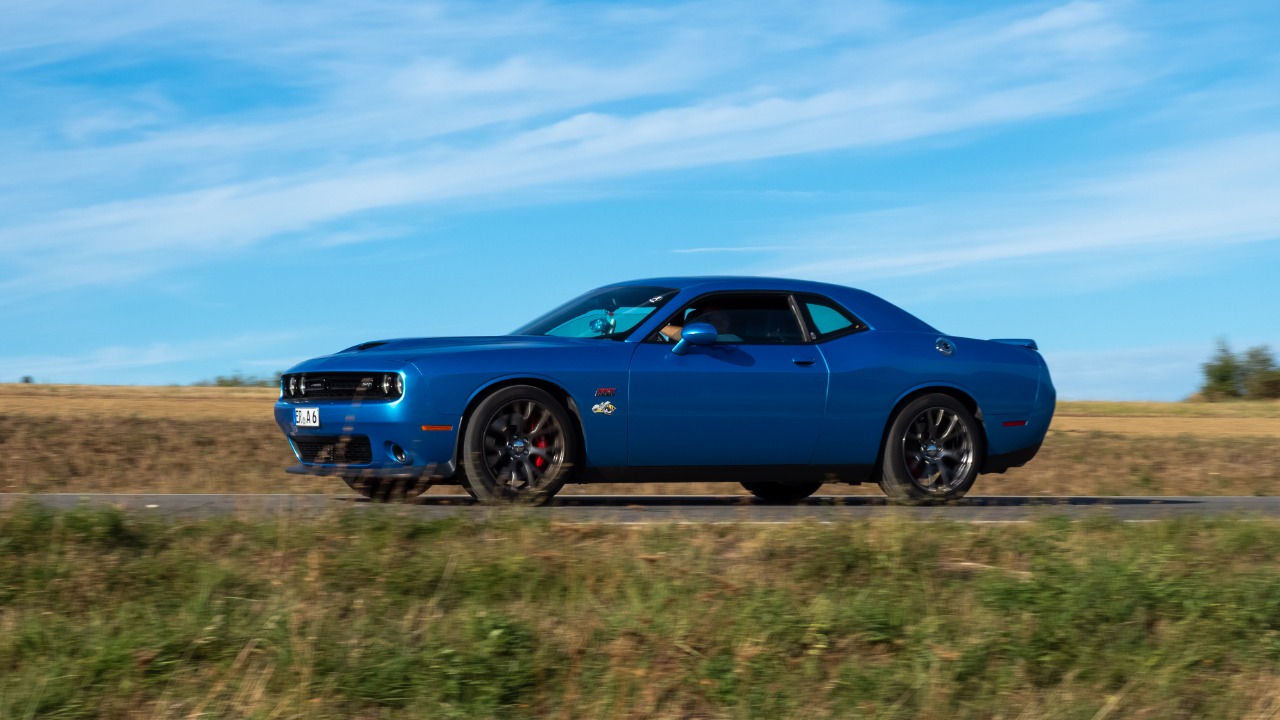
The Challenger and Charger share platform similarities, and their concurrent discontinuation signals the broader decline of traditional muscle car designs [source]. The Challenger, with its coupe focus, and the Charger, with its sedan appeal, represented Dodge’s last stand in V8 performance. Their differences in body styles and market positioning underscored the brand’s commitment to offering a range of high-performance options to consumers.
The interconnected production halt for both vehicles underscores their role as the final guardians of affordable, high-horsepower American iron. This marks a significant shift in the automotive industry, as the era of traditional muscle cars comes to a close [source].
Competitive Landscape and the V8’s Twilight
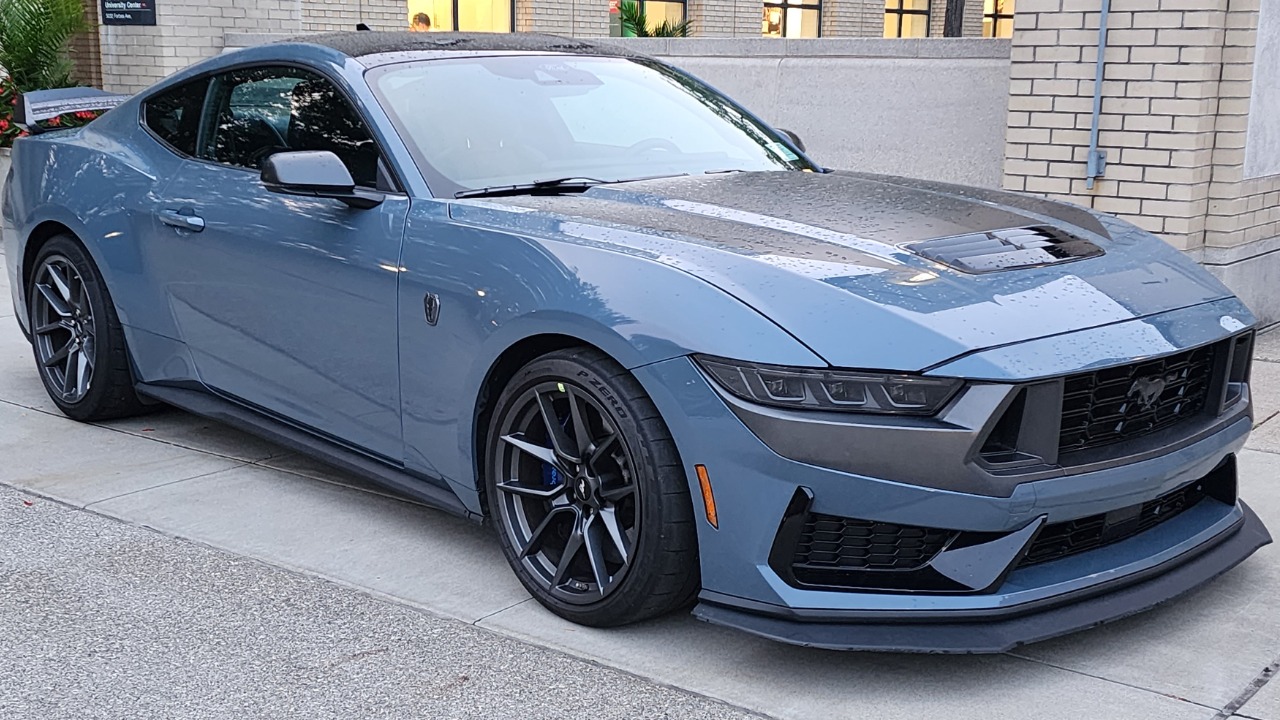
The Ford Mustang stands as a potential lone V8 survivor, its evolution contrasting sharply with the Challenger’s outright exit from the segment [source]. The discontinuation of Chevrolet’s Camaro has also had ripple effects, positioning the Challenger as the symbolic endpoint for the classic muscle car trio [source].
Industry-wide pressures like emissions standards have accelerated the shift away from V8 engines, leaving the Challenger’s final variants as relics of a bygone era [source].
Adapting to an Electric Future
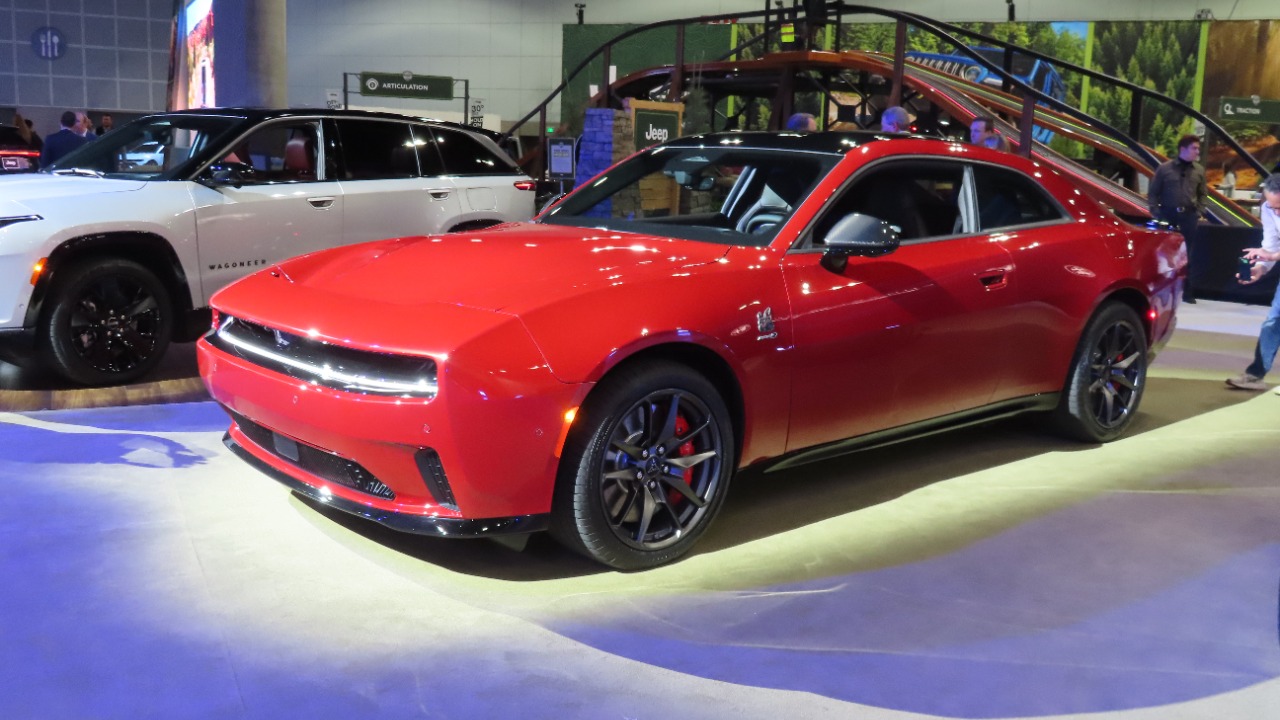
Dodge is exploring electric muscle car concepts, such as the Charger Daytona EV, as a bridge from the Challenger’s legacy to sustainable performance [source]. The SRT Demon 170’s extreme tuning pushes V8 limits one last time, contrasting with incoming battery-electric powertrains that redefine “muscle” [source].
Fan and collector reactions to the transition have been mixed, but the Challenger’s cultural impact is undeniable. As the industry moves towards electrification, the Challenger will be remembered as a symbol of raw, rear-wheel-drive muscle, preserving its legacy in the annals of automotive history [source].